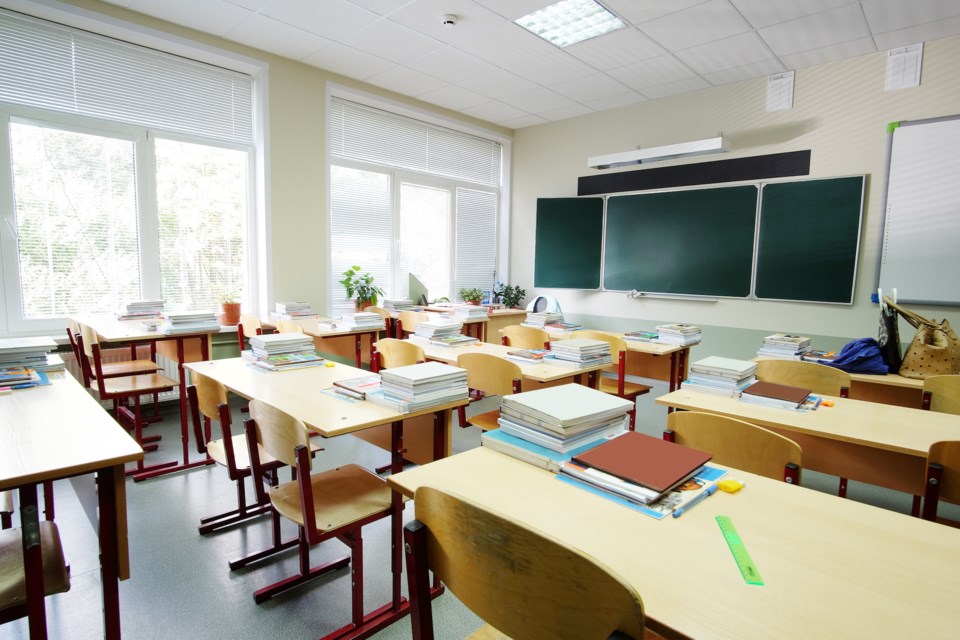BradfordToday welcomes letters to the editor at [email protected]. Please include your daytime phone number and address (for verification of authorship, not publication).
*************************
As we enter another tumultuous fight between unions and the government, once again children are the casualties. Parents who do not work from home or who are at home but unable to meet the requirements of their employment due to caring for their children are also negatively affected. I am not here to make an argument for one side over the other. I am, however, interested in the logic that was used by both school boards in Simcoe-Muskoka when deciding to close their doors for in-person learning.
In both school boards – Simcoe County District School Board and Simcoe Muskoka Catholic District School Board – CUPE only represents one employee group, and that is the custodial staff.
While initially the SCDSB intended on remaining open on Friday, Nov. 4, they did an about-face at the 11th hour in the wake of OPSEU’s memo “encouraging” their members to walk off as well in support of CUPE.
At the Catholic board, an email to parents on Nov. 4 from the director of education, Frances Bagley, noted that “given the critical daily functions completed by our custodial staff, we cannot safely open our schools for students.”
School boards in the Province of Ontario report to the Ministry of Education and are guided by the principles of the Education Act. Under the Education Act of Ontario, the following guideline dictates school closures specifically related to a strike or lockout:
Closing of school or class by board:
- (2) In case of a strike by members of a teachers’ bargaining unit or a lockout of those members, the board may close one or more schools if it is of the opinion that
- (a) the safety of pupils may be endangered during the strike or lockout;
- (b) the school building or the equipment or supplies in the building may not be adequately protected during the strike or lockout; or
- (c) the strike or lockout will substantially interfere with the operation of the school. 1997, c. 31, s. 10.
I would argue that the threshold under the Education Act has not been met when it comes to student safety in the absence of custodial staff. The decision by both the SCDSB and SMCDSB is evasion, and they simply took the easy way out.
Various media outlets reported that the Ministry of Education sent a memo to all school boards instructing them to essentially make sure that “every effort is made to keep schools open for as many children as possible.”
What does this mean? It means that if you can find a way to keep the school open – even for some of the students – you do that.
Maybe this means that the floors won’t be buffed as often.
Maybe this means we ask parents to send their children to school with a bag to bring home any waste.
Maybe this means we shorten a lesson plan to allow an extra 15-20 minutes each day for cleanup.
Maybe this means we reorganize bodies from different areas and all work together to get the job done.
Halton District School Board has implemented a contingency plan that involves rotating in-person with virtual learning, thus allowing for cleaning. It’s not perfect, but it’s an idea.
The school boards need to think outside of the box and look at easy-to-implement creative solutions to fulfill their mandate. They have many things that fall under their purview, but not a single one is more important than keeping children in school.
If you are a parent to a child in either of these school boards and you are comfortable with sending your child to school sans custodial staff, I urge you to contact your board and make your voice heard.
A. Cica
Bradford
*************************



